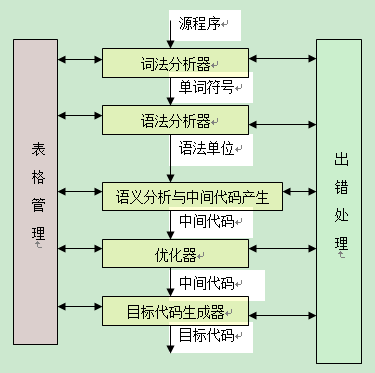I am trying to access Kudu through power shell script. Link looks like: https://adc-dev.scm.azurewebsites.net. I need to copy war file located in D:\home\site\wwwroot\bin\apache-tomcat-8.0.33\webapps location in above link.
Currently I am deploying the war file using VSTS by adding FTP task. But before deploying the latest war I would like to take backup of the old war in some location in Azure Kudu location say like: D:\home\site\wwwroot\bin\apache-tomcat-8.0.33 (root folder to the war location). So after that I can remove the war and deploy the latest war file in Kudu.
How to do this? I mean how to access kudu using power shell script. Please suggest me.
You can refer to this thread below to know how to call Kudu API through Azure PowerShell in VSTS build/release:
Remove files and foldes on Azure before a new deploy from VSTS
Regarding copy file through Kudu, you can use Command Kudu API (Post /api/command):
Kudu REST API
Update:
Simple sample to call Command through Kudu API:
function RunCommand($dir,$command,$resourceGroupName, $webAppName, $slotName = $null){
$kuduApiAuthorisationToken = Get-KuduApiAuthorisationHeaderValue $resourceGroupName $webAppName $slotName
$kuduApiUrl="https://$webAppName.scm.azurewebsites.net/api/command"
$Body =
@{
"command"=$command;
"dir"=$dir
}
$bodyContent=@($Body) | ConvertTo-Json
Write-Host $bodyContent
Invoke-RestMethod -Uri $kuduApiUrl `
-Headers @{"Authorization"=$kuduApiAuthorisationToken;"If-Match"="*"} `
-Method POST -ContentType "application/json" -Body $bodyContent
}
RunCommand "site\wwwroot\bin\apache-tomcat-8.0.33\webapps" "copy xx.war ..\xx.war /y" "[resource group]" "[web app]"
To access Kudu API, get your WebApp:
$app = Get-AzWebApp -ResourceGroupName "your RG" -Name "your App"
Then get publishing credentials for the app:
$resourceName = "$($app.Name)/publishingcredentials";
$resourceType = "Microsoft.Web/sites/config";
$publishingCredentials = Invoke-AzResourceAction `
-ResourceGroupName $app.ResourceGroup `
-ResourceType $resourceType `
-ResourceName $resourceName `
-Action list `
-ApiVersion $apiVersion `
-Force;
Format the username/password suitable for a HTTP-request:
$user = $publishingCredentials.Properties.PublishingUserName;
$pass = $publishingCredentials.Properties.PublishingPassword;
$creds = [Convert]::ToBase64String([Text.Encoding]::ASCII.GetBytes(("${user}:${pass}")));
Finally, you can access the Kudu API:
$header = @{
Authorization = "Basic $creds"
};
$kuduApiBaseUrl = "https://$($app.Name).scm.azurewebsites.net";
Example, check if extension is installed:
$extensionName = "Microsoft.AspNetCore.AzureAppServices.SiteExtension";
$kuduApiUrl = "$kuduApiBaseUrl/api/siteextensions/$extensionName";
$response = Invoke-RestMethod -Method 'Get' -Uri $kuduApiUrl -Headers $header;
Example, get list of available extensions:
$kuduApiUrl = "$kuduApiBaseUrl/api/extensionfeed";
$response = Invoke-RestMethod -Method 'Get' -Uri $kuduApiUrl -Headers $header;
Example, install an extension:
$kuduApiUrl = "$kuduApiBaseUrl/api/siteextensions";
$response = Invoke-RestMethod -Method 'Put' -Uri $kuduApiUrl -Headers $header;
API-details are at https://github.com/projectkudu/kudu/wiki/REST-API
Also deployment slots can be accessed. App config needs to be retrieved for the slot and a minor modification of the base URL is needed.




